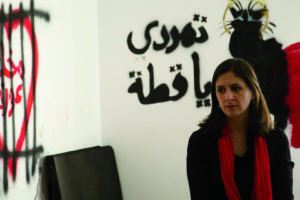Debate over Khalidi candidacy grows
From the www.monabaker.com archive (legacy material) Chanakya Sethi | Daily Princetonian | 28 April 2005 The potential appointment of a professor embroiled in the recent controversy over Middle Eastern studies at Columbia University has polarized some members of Princeton’s Jewish community. Last month, Wilson School professor and Center for Jewish Life (CJL) board member Stanley Katz wrote a sharply critical
» Read more